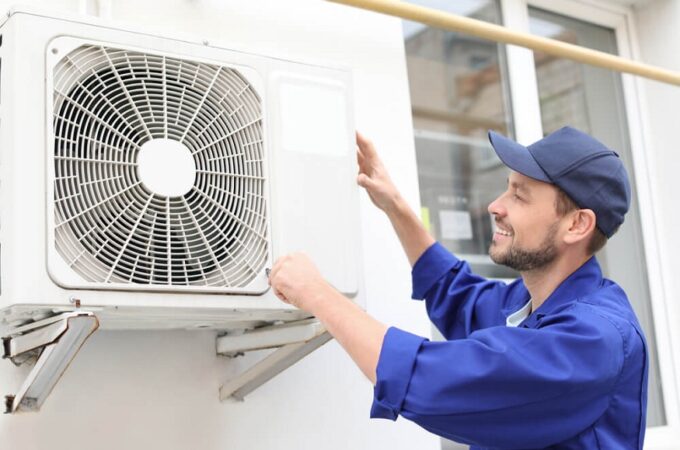
Common Mistakes People Make When It Comes To Log Homes
If you are constructing a log home for the first time, you are bound to make some mistakes. These mistakes can cost you a lot in the long run. That’s why it is important to avoid them. These mistakes include:
1. Improper Log Placement
Logs are organic materials, so they need to be taken care of in order to last a long time. Although logs are durable, they still require care. They will be exposed to an excessive amount of moisture if they are too close to the ground. Even sprinkler systems and inevitable rain can cause damage to logs that are too close to the ground.
Ensure that the lowest rows of logs are at least 1.5 feet off the ground. Apply an ice and water-shield product to the two bottommost layers of logs to offer even more protection—a little additional protection goes a long way! Check out eLoghomes for various log homes.
2. Avoiding Greater Overhangs and Gutters:
Once more, the goal is to keep logs as dry as possible. Cutting savings while installing carpet, for instance, is OK, but utilizing inadequate overhangs in an effort to save money will end up costing more in the long term. There’s a solid reason why log homes often have big roof overhangs all around them—to reduce moisture contact! If a log home’s sides have an overhang of 24 to 30 inches and its ends have an overhang of 4 to 6 feet, the logs will stay dryer.
Don’t forget about the gutters and downspouts, either! They are a requirement, not an option, and will play a significant role in keeping unwelcome moisture out of the house.
3. Inadequately Cleaned Logs:
It is crucial to make sure your logs are well cleaned! The unwelcome surface condition known as “mill glaze,” which will manifest as a shiny covering, will arise on logs. The mill-glaze will form when specific resins rise from the interior of the logs. It can be removed using solutions like Timbor and Borado-D because if not, finishing products won’t adhere properly. Additionally, if logs are not treated with an insecticide, insects, and arachnids will be invited to settle in; in particular, burrowing insects must be controlled. Additionally, logs should be water-proofed to prevent the growth of mold, mildew, and decay.
4. Failure To Consider Log Moisture Levels
Yes, we are once again discussing moisture. It is unavoidable that moisture is the number one enemy of logs because of its capacity to penetrate wood fibers, allowing for contamination and destruction. Knowing your logs’ moisture content is crucial since it affects how they move; the more moisture your logs contain, the more they will twist, shrink, and move generally. Long-term log movement might cause gaps between the logs, which would offer issues that you don’t want to deal with.
Before being used for building, dried logs should be stored safely in a dry location for at least six months. As a result, the moisture content of the logs should be below 15% when it comes time to stain them, even if it may be closer to 20% when a log home is being built.





